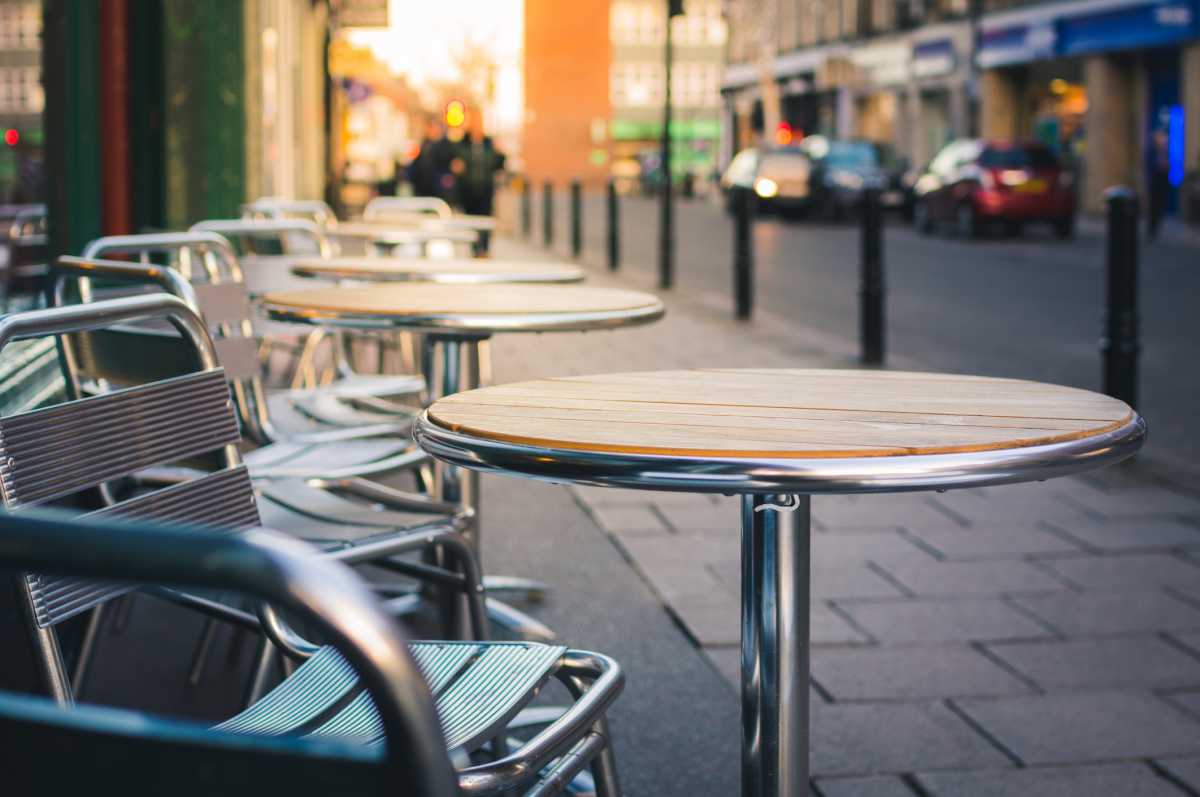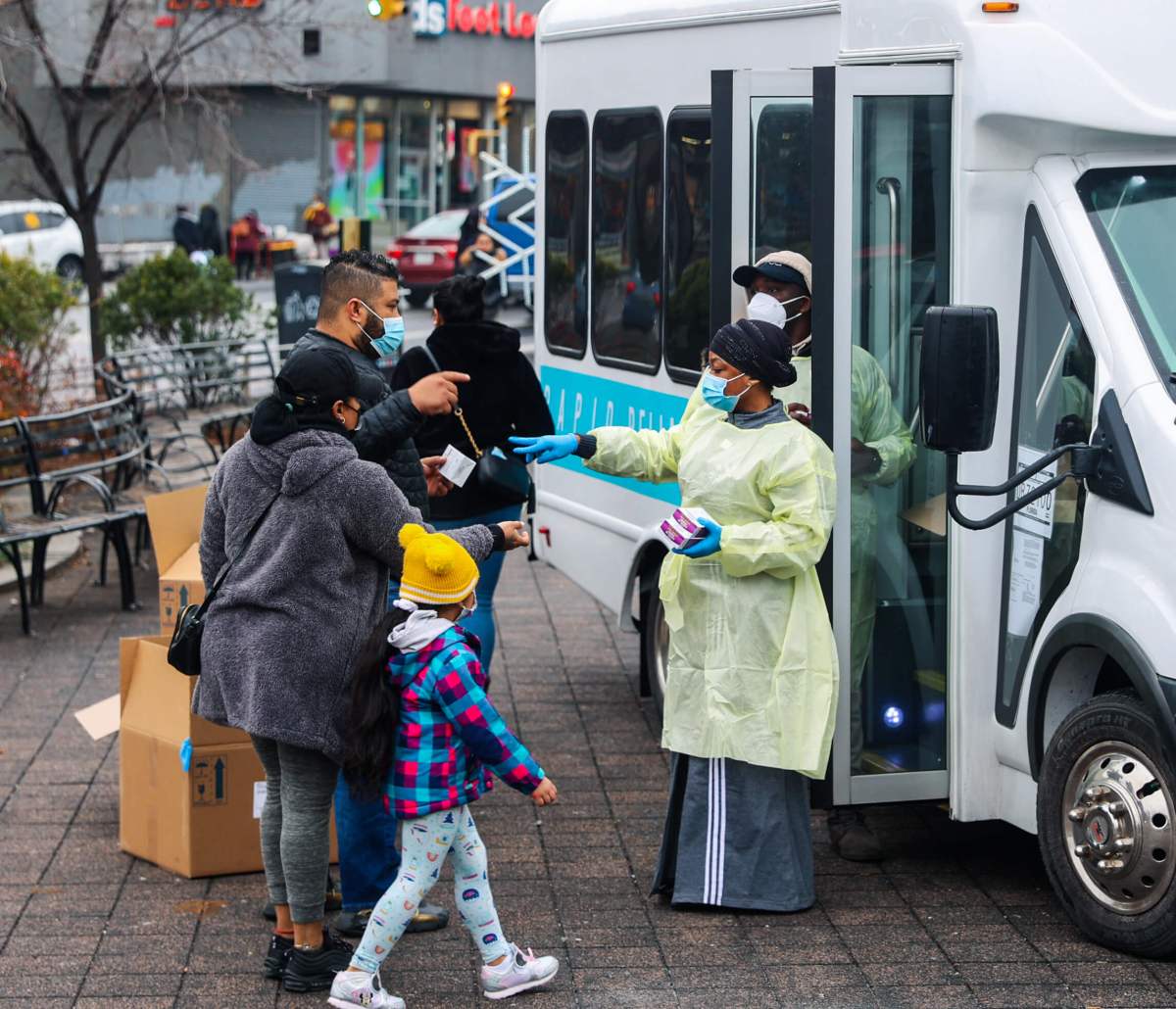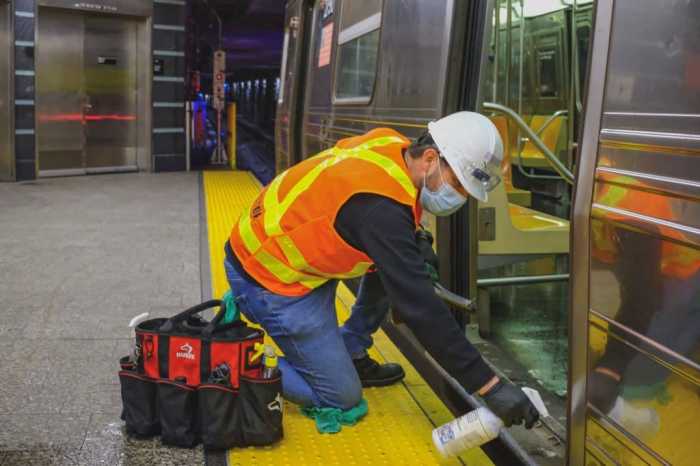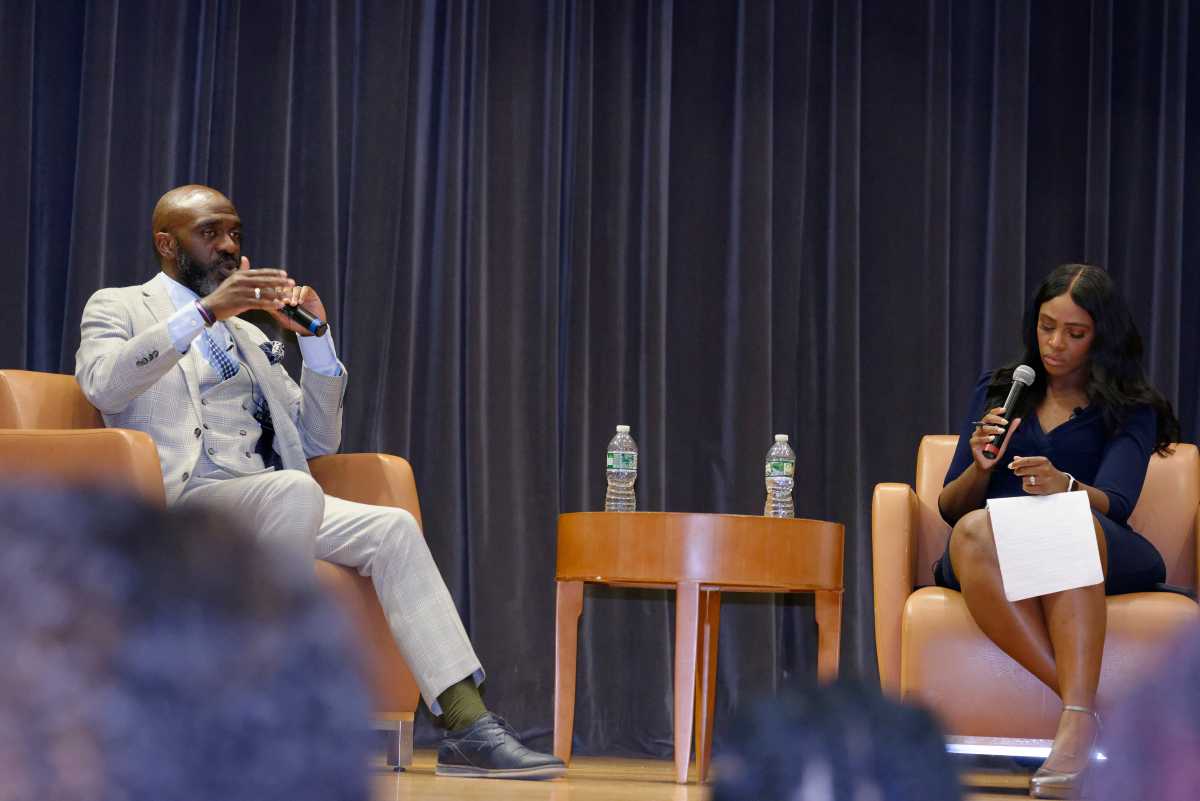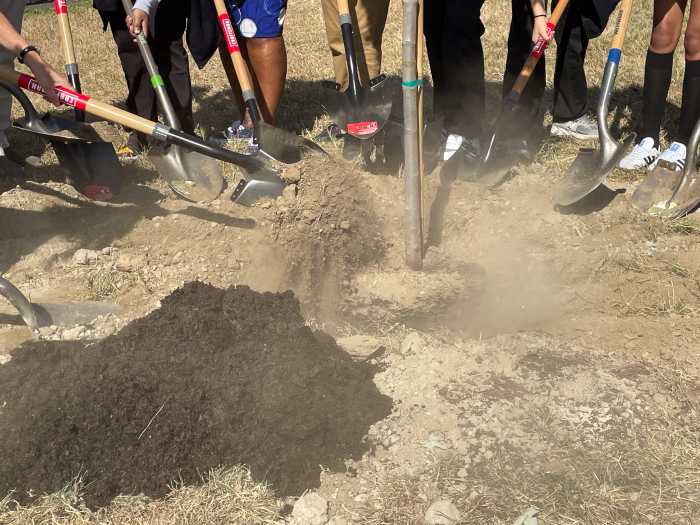As New York City begins to look towards reopening, plans are in motion to support the city’s restaurants once the five boroughs are ready for phase two.
Mayor Bill de Blasio announced plans to temporarily use open space to support the city’s restaurants while maintaining social distancing. When New York City enters phase two of reopening, restaurants will be able to serve customers in outdoor seating areas without enduring a cumbersome application and approval process.
“New York’s restaurants are part of what make us the greatest city in the world. They’ve taken a hit in our fight against COVID-19 – and there’s no recovery without them,” said Mayor de Blasio. “Our Open Restaurants plan will help these businesses maximize their customer base while maintaining the social distancing we need to beat this crisis once and for all.”
The plans for phase two include curbside seating by allowing restaurants to convert parking spaces in order to use the roadbed alongside the curb for dine-in service. Restaurants must ensure that seating is accessible, bus stops or fire hydrants are not blocked, and seating is located away from intersections, and they must provide their own vertical barricades, planters, tables, and chairs. Restaurants would be to register and self-certify online.
The city will also allow restaurants who are on the city’s Open Streets by creating areas directly in front of their establishments. The city will also identify new Open Streets on commercial strips with a large number of restaurants and bars as it continues to roll out new corridors in the coming weeks and months.
Finally, the city is working to create an easier process for setting up sidewalk seating that would require establishments to maintain appropriate clear paths for pedestrians and people with disabilities. The City Department of Health and Mental Hygiene, Department of Consumer and Worker Protection, and the Department of Transportation will monitor the success of this three-pronged program and will be prepared to step in if it creates concerns for accessibility or socially distanced use of the sidewalk, curb lane, or streets.
“Our restaurant owners need help now more than ever and have shared their concerns about traditional practices. This plan will enliven our commercial corridors and provide businesses with a much-needed opportunity to generate further revenue while maintaining safety,” said Jonnel Doris, Commissioner of the NYC Department of Small Business Services. “With the help of our partners and communities, we will work together to support our neighborhood businesses, which make New York thrive, and bring back our City safely and equitably.”



